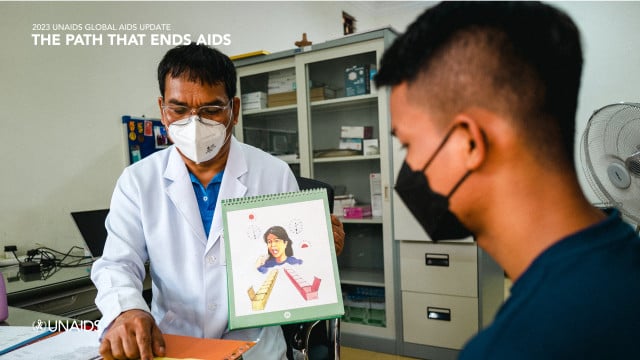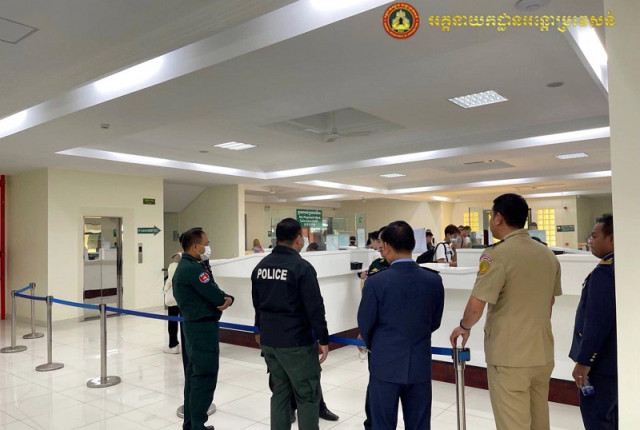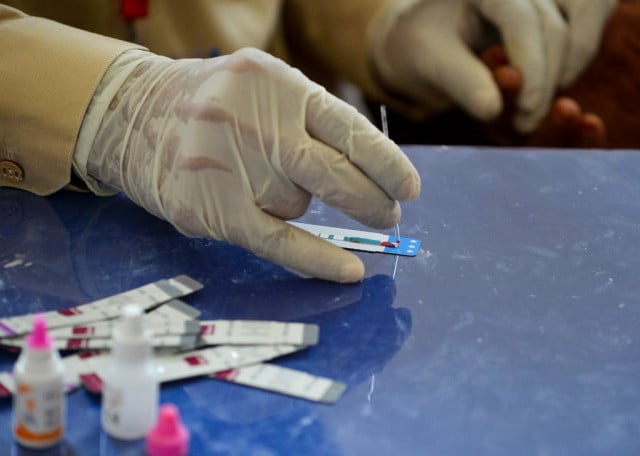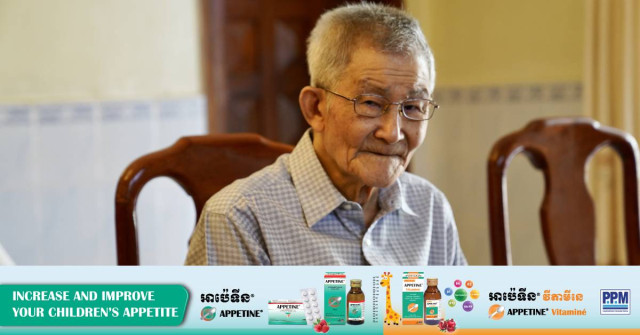There Is a Proven Path to End AIDS … Are We on It?

- By Patricia Ongpin
- July 15, 2023 12:58 PM
As countries respond to and recover from the COVID-19 pandemic, a renewed focus to end AIDS couldn’t be more urgent. Here’s the question – how can we do it better, faster, and more sustainably?
The recently released UNAIDS Global AIDS Update Report shows a path that ends AIDS and ensures preparedness to address future pandemic challenges and advance progress across the Sustainable Development Goals.
The data and examples in the global report make it very clear what that path is. It is not a mystery. It is a political and financial choice. HIV responses succeed when anchored in strong political leadership to follow the evidence; tackle the inequalities holding back progress; enable communities and civil society organizations to be vital in the response; and ensure sufficient and sustainable financing.
Several countries are already on track. Botswana, Eswatini, Rwanda, the United Republic of Tanzania and Zimbabwe have already achieved the 95–95–95 targets. This means 95% of people living with HIV (PLHIV) know their status, 95% of PLHIV who knew their status received treatment, and 95% of PLHIV receiving treatment have viral suppression. At least 16 other countries are close to doing so.
Cambodia is one of the countries close to this achievement; the country has reached 86-99-98, significant progress witnessed over a decade of effort between the government, bilateral and multilateral partners, civil society organizations, communities of PLHIV and key populations and other development partners across multiple sectors and levels.
Governments can do – and many are already doing – more to end AIDS. Progress has been most robust in the countries and regions with the most financial investments, such as in eastern and southern Africa. And a more inclusive approach to legal and policy frameworks is also a key here. When we remove policies that criminalize and create barriers to services access of PLHIV and key populations, we increase participatory engagement and amplify marginalized voices. And that’s when we ensure equal and equitable access to HIV prevention and treatment.
Cambodia is at a significant moment: the Royal Government of Cambodia has committed to increasing the annual investment from USD 3.6 million in 2021 to USD 6.6 million to fund the HIV response from 2024 to 2028 – an applauded effort. Cambodia has also recently become a UNAIDS Programme Coordinating Board member and strongly advocated for political commitment, evidence-based response, focus on HIV prevention, and community engagement.
These examples of putting people and communities first demonstrate how we can end AIDS as a public health threat by 2030. However, as the report sets out, none of this will come automatically. Whilst access to HIV treatment has helped save 20.8 million lives, these advances are still being denied to millions who urgently need them.
Globally, AIDS claimed a life every minute in 2022. There were 1.3 million new HIV infections, and 9.2 million people still miss treatment, including 43% of children with HIV. Ongoing social and economic inequalities within and between countries are exacerbating and prolonging pandemics and amplifying their impact on the poorest and the most vulnerable.
In Cambodia, only 59% of children living with HIV are on treatment. One in ten pregnant women living with HIV did not access prevention of mother-to-child treatment services last year, resulting in a 9.9% of HIV transmission rate from mothers to children. It is estimated that about four people become infected with HIV every day. 83% of new HIV infections are among key populations (female entertainment workers, gay men and other men who have sex with men, transgender women, and people who use and inject drugs) and their sexual partners. An increasing proportion of new HIV infections are among men and boys; they accounted for 79% of all new HIV infections in 2022.
The facts and figures tell us we have a monumental task. We know the steps that need to be taken and must act now.
Yet, around the world, punitive laws and policies, human rights violations and discrimination continue to increase significantly the risk of HIV transmission and sabotage efforts to control the epidemic among key populations. Repressive policing of sex workers almost doubled their risk of HIV or sexually transmitted infection, and there is compelling evidence linking policing practices with increased risk of acquiring HIV. And when civil society organizations faced barriers to operating HIV prevention, the prevalence was more than nine times higher than in countries without such obstacles.
The obstacles in progress can’t be navigated just by avoidance. We must overcome them head-on. The path that ends AIDS requires collaboration – South and North, governments and communities, UN and member states together. And it requires bold leadership. The route map in our new report shows how success is possible in this decade – if we move together and with urgency.
There is a long road ahead in our collective fight to end AIDS. We remain walking on this path with Cambodia and its partners in the HIV response, not just to be AIDS-free by 2030 but also to sustain the response and to build quality healthcare inclusive for everyone now and in the future.
Patricia Ongpin is UNAIDS Country Director for Cambodia, Lao PDR, and Malaysia















